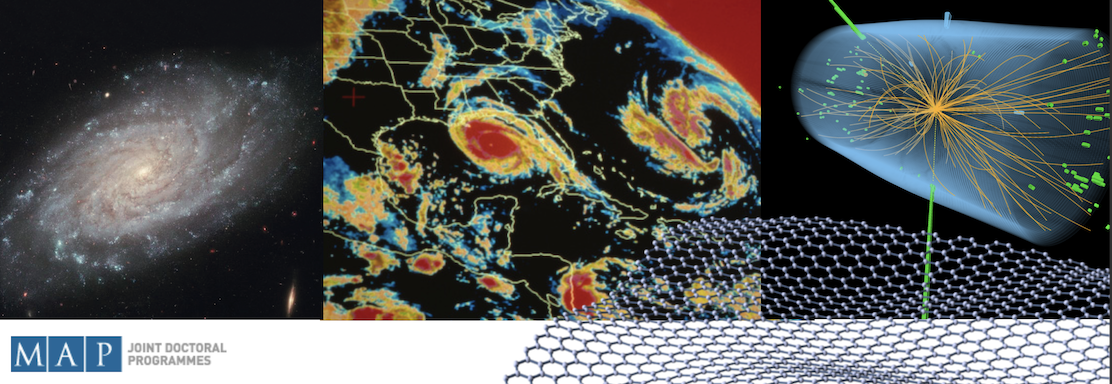Speaker
Description
Pump-probe spectroscopy is a nonlinear technique utilized to investigate the dynamics of ultrafast electrons [1]. This method involves focusing a short pulse of a strong pump beam and, after a certain delay time, a weak probe beam on a sample to record its transmittance, influenced by the pump. In the majority of experiments targeting nonlinear optical phenomena, such as the pump-probe spectroscopy, the application of high-intensity pulses drives graphene into a strongly non-equilibrium state [2]. Under these conditions, conventional perturbation theory falls short in explaining graphene's intricate optical response due to significant deviations in electron distribution over energy states from the equilibrium Fermi-Dirac one [3].
In this work, we present a hot-electron model capable of predicting the transient dynamics of graphene's carriers out of equilibrium, from the generation of spectrally narrow populations of non-thermalized electrons and holes to the establishment of a hot-electron gas and its subsequent relaxation towards equilibrium with the crystal lattice [4]. Additionally, we incorporate the modelling of the nonlinear cross-phase modulation (XPM) effect in a glass slab, which can serve as a substrate for the graphene layer. Our calculations reproduce well the XPM pattern in the differential transmittance spectrum of glass and clearly show that there is another (beyond XPM) mechanism of pump-probe interaction in graphene.
By comparing our model calculations to experimental results, we demonstrate the reliability and relevance of the hot-electron model to pump-probe experiments, providing insights into the pivotal role of hot electrons in comprehending ultrafast dynamics in graphene.
[1] M. Fushitani, Annu. Rep. Prog. Chem. Sect. C: Phys. Chem. 104 (2008) 272.
[2] T. Li et al., Phys. Rev. Lett. 108 (2012) 167401.
[3] S.A. Mikhailov, Phys. Rev. B 100 (2019) 115416.
[4] D.F.P Cunha, R. Dias, M.J.L.F Rodrigues, M.I. Vasilevskiy, Appl. Sci. 14 (2024) 1250.
| Which topic best fits your talk? | Condensed Matter Physics and Nanomaterials |
|---|
